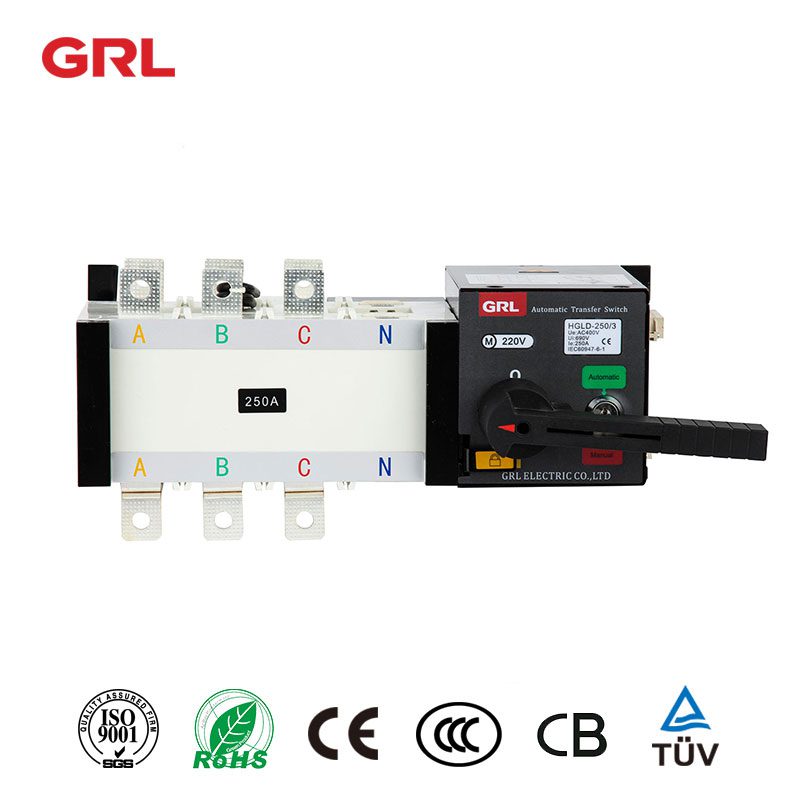
# Automatic Transfer Switch: Ensuring Uninterrupted Power Supply
## What is an Automatic Transfer Switch?
An Automatic Transfer Switch (ATS) is a critical component in backup power systems. It automatically transfers electrical load from a primary power source to a standby generator when the primary source fails. This seamless transition ensures uninterrupted power supply to connected equipment and facilities.
## How Does an ATS Work?
The operation of an automatic transfer switch can be broken down into three main stages:
– Monitoring: The ATS continuously monitors the voltage and frequency of the primary power source
– Detection: When it detects a power outage or significant voltage fluctuation, it initiates the transfer process
– Switching: The switch transfers the load to the backup generator and signals the generator to start
Once primary power is restored, the ATS automatically transfers the load back and shuts down the generator.
## Key Benefits of Automatic Transfer Switches
### 1. Uninterrupted Power Supply
Keyword: Automatic Transfer Switch
The primary advantage of an ATS is its ability to maintain continuous power to critical systems without manual intervention. This is particularly important for:
– Hospitals and healthcare facilities
– Data centers
– Industrial processes
– Emergency services
### 2. Protection Against Power Fluctuations
ATS units protect sensitive equipment from damage caused by:
– Power surges
– Voltage sags
– Frequency variations
– Complete outages
### 3. Improved Safety
Automatic transfer switches eliminate the need for manual switching, reducing the risk of:
– Electrical accidents
– Human error
– Arc flash incidents
## Types of Automatic Transfer Switches
There are several types of ATS designs available:
### 1. Open Transition (Break-Before-Make)
This type breaks the connection with the primary source before establishing connection with the backup source, creating a brief interruption.
### 2. Closed Transition (Make-Before-Break)
More sophisticated systems that momentarily connect both sources during transfer, eliminating power interruption.
### 3. Soft Loading Transfer
Used in parallel generator systems, allowing gradual load transfer between sources.
## Choosing the Right ATS
When selecting an automatic transfer switch, consider these factors:
– Load requirements (voltage, current, phases)
– Transfer time requirements
– Environmental conditions
– Compliance with local electrical codes
– Future expansion needs
## Maintenance Considerations
To ensure reliable operation:
– Perform regular testing of the transfer mechanism
– Check electrical connections for tightness
– Clean contacts as recommended by the manufacturer
– Verify proper operation of control circuits
– Keep the area around the ATS clean and dry
## Conclusion
Automatic Transfer Switches play a vital role in modern power distribution systems, providing reliable backup power solutions for critical applications. By automatically detecting power failures and switching to alternative sources, ATS units help maintain business continuity, protect sensitive equipment, and ensure safety in various environments. Proper selection, installation, and maintenance of these devices are essential for achieving optimal performance and reliability.